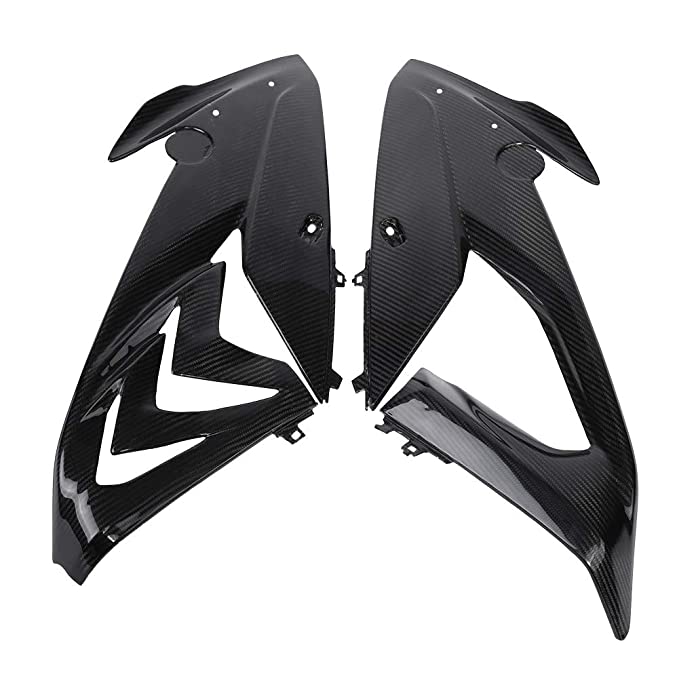Contracts for Difference (cfd how it works) have transformed the landscape of financial trading, providing a versatile and accessible means for investors to speculate on various asset classes. The evolution of CFD trading technology has been a key driver of this transformation, enhancing the speed, efficiency, and accessibility of trading. From the early days of manual trading to the sophisticated, algorithm-driven platforms of today, CFD trading technology has undergone significant advancements.
The Early Days: Manual Trading and Basic Platforms
In the early stages of CFD trading, the process was manual and labor-intensive. Traders would place orders over the phone or through basic electronic systems. The technology was rudimentary, with limited real-time data and slow execution speeds. This period was characterized by high transaction costs and limited accessibility, primarily catering to institutional investors and high-net-worth individuals.
The Internet Revolution: Online Trading Platforms
The advent of the internet in the late 1990s and early 2000s marked a significant turning point in CFD trading technology. Online trading platforms began to emerge, providing traders with direct access to the markets. These platforms offered real-time data, faster execution speeds, and lower transaction costs. Retail investors could now participate in CFD trading, democratizing access to the markets.
One of the most significant developments during this period was the introduction of MetaTrader 4 (MT4) in 2005. MT4 revolutionized CFD trading by offering a user-friendly interface, advanced charting tools, and automated trading capabilities through Expert Advisors (EAs). This platform became the industry standard and remains widely used today.
The Mobile Trading Revolution
As smartphones became ubiquitous, CFD trading technology adapted to meet the demands of a mobile-centric world. Mobile trading apps enabled traders to monitor and execute trades on the go, providing unparalleled convenience and flexibility. The development of mobile platforms such as MetaTrader 5 (MT5) and proprietary apps by various brokers allowed traders to stay connected to the markets 24/7.
Algorithmic and High-Frequency Trading
The rise of algorithmic and high-frequency trading (HFT) has been another major milestone in the evolution of CFD trading technology. These trading strategies rely on complex algorithms and powerful computing resources to execute trades at lightning speeds. Algorithmic trading has made it possible to analyze vast amounts of data and execute trades based on predefined criteria, reducing human error and increasing efficiency.
HFT, in particular, has transformed the trading landscape by enabling traders to capitalize on small price movements in milliseconds. While HFT is primarily the domain of institutional traders, the technology and strategies have influenced retail CFD trading by pushing brokers to improve execution speeds and reduce latency.
The Role of Artificial Intelligence and Machine Learning
Artificial intelligence (AI) and machine learning (ML) are the latest frontiers in CFD trading technology. AI-driven algorithms can analyze historical data, identify patterns, and make predictions about future price movements. Machine learning models continuously improve their accuracy as they process more data, providing traders with valuable insights and enhanced decision-making capabilities.
AI and ML are also being used to develop sophisticated risk management tools, helping traders to mitigate potential losses and optimize their trading strategies. These technologies are transforming CFD trading from a predominantly reactive process to a more proactive and predictive one.
The Future of CFD Trading Technology
The evolution of CFD trading technology shows no signs of slowing down. The future will likely see further advancements in AI, ML, and data analytics, providing traders with even more powerful tools and insights. Blockchain technology and cryptocurrencies are also expected to play a significant role, offering new opportunities and challenges for CFD traders.
Moreover, as regulatory environments evolve, CFD trading platforms will need to adapt to ensure compliance and maintain trust among traders. Enhanced security measures, transparent operations, and robust regulatory frameworks will be essential in this rapidly changing landscape.
In conclusion, the evolution of CFD trading technology has been a journey of continuous innovation and adaptation. From manual trading to AI-driven platforms, each technological advancement has brought greater accessibility, efficiency, and sophistication to the world of CFD trading. As technology continues to advance, the future of CFD trading promises to be even more dynamic and exciting.


